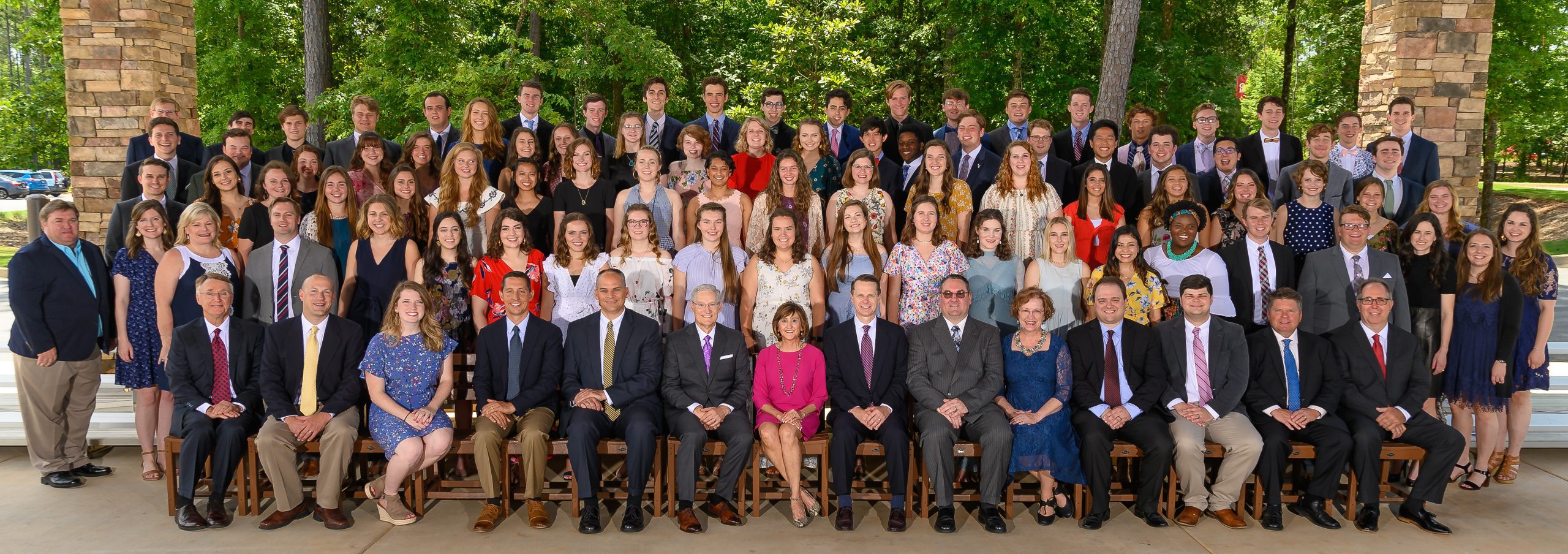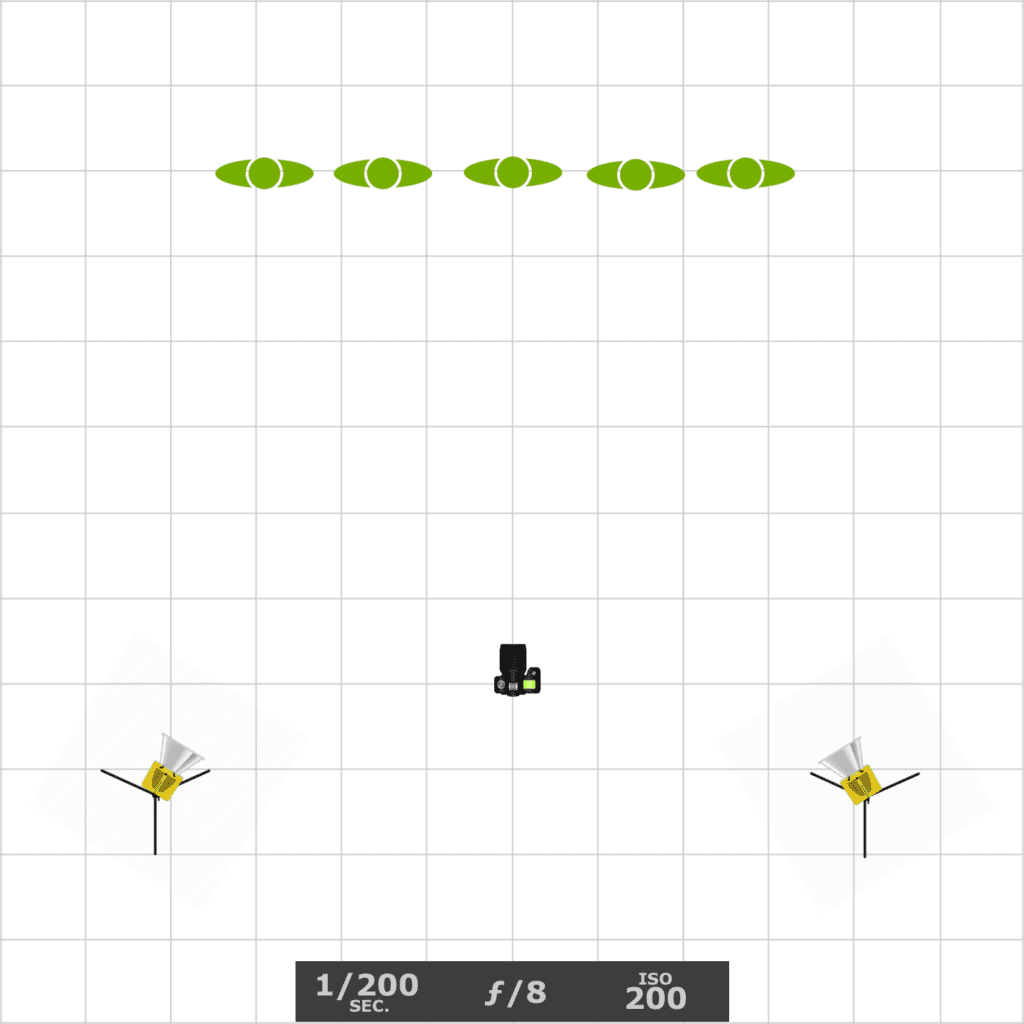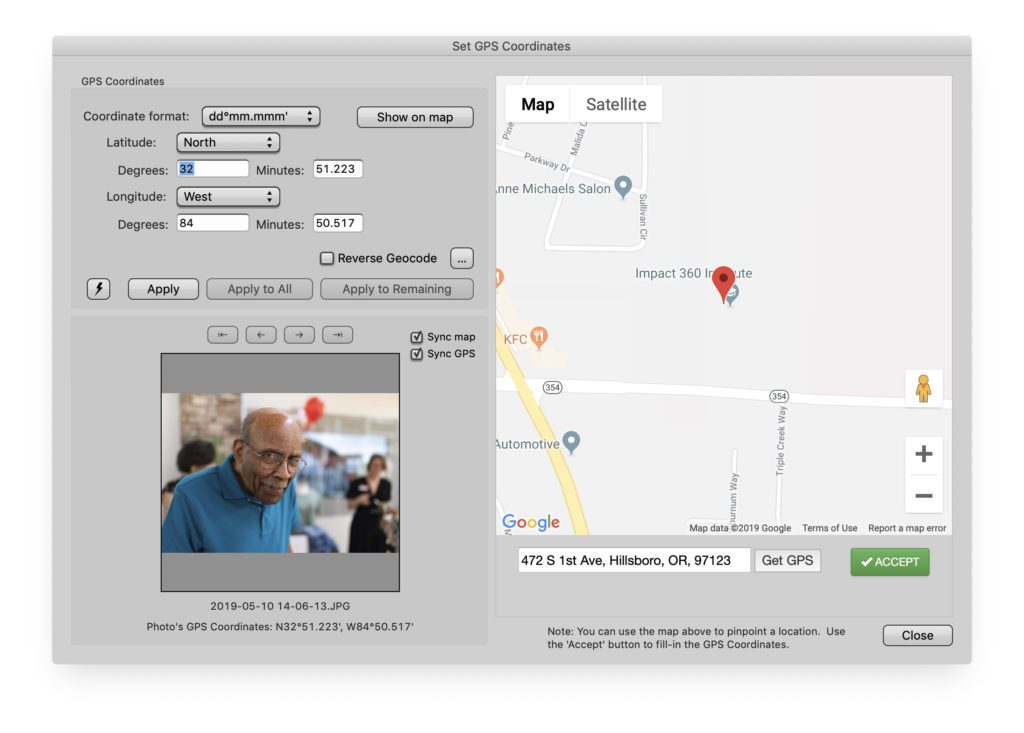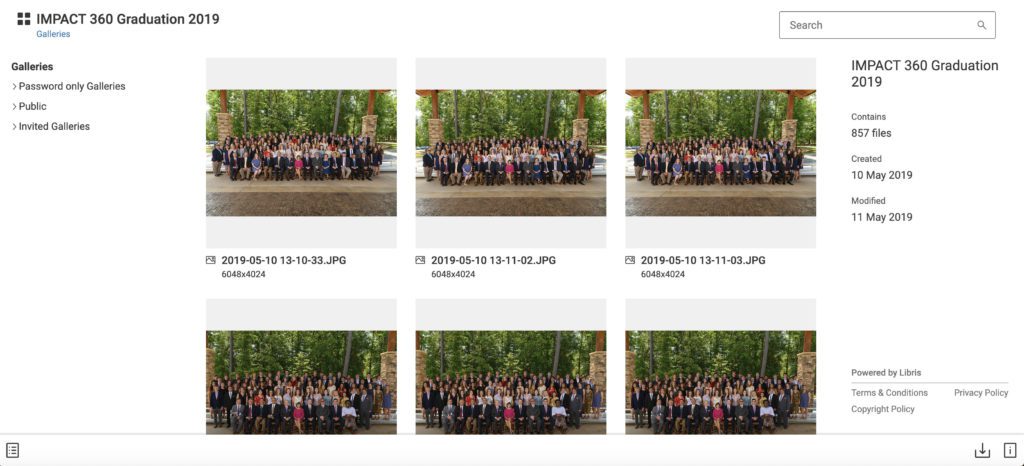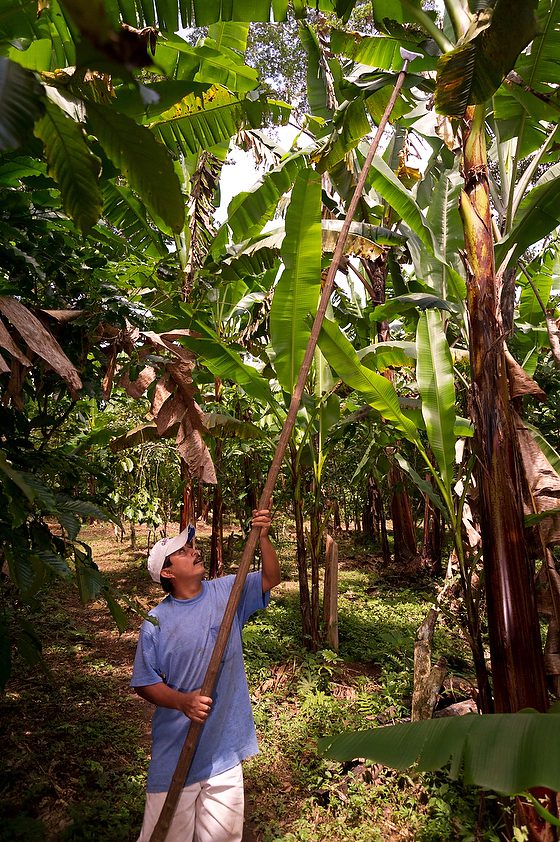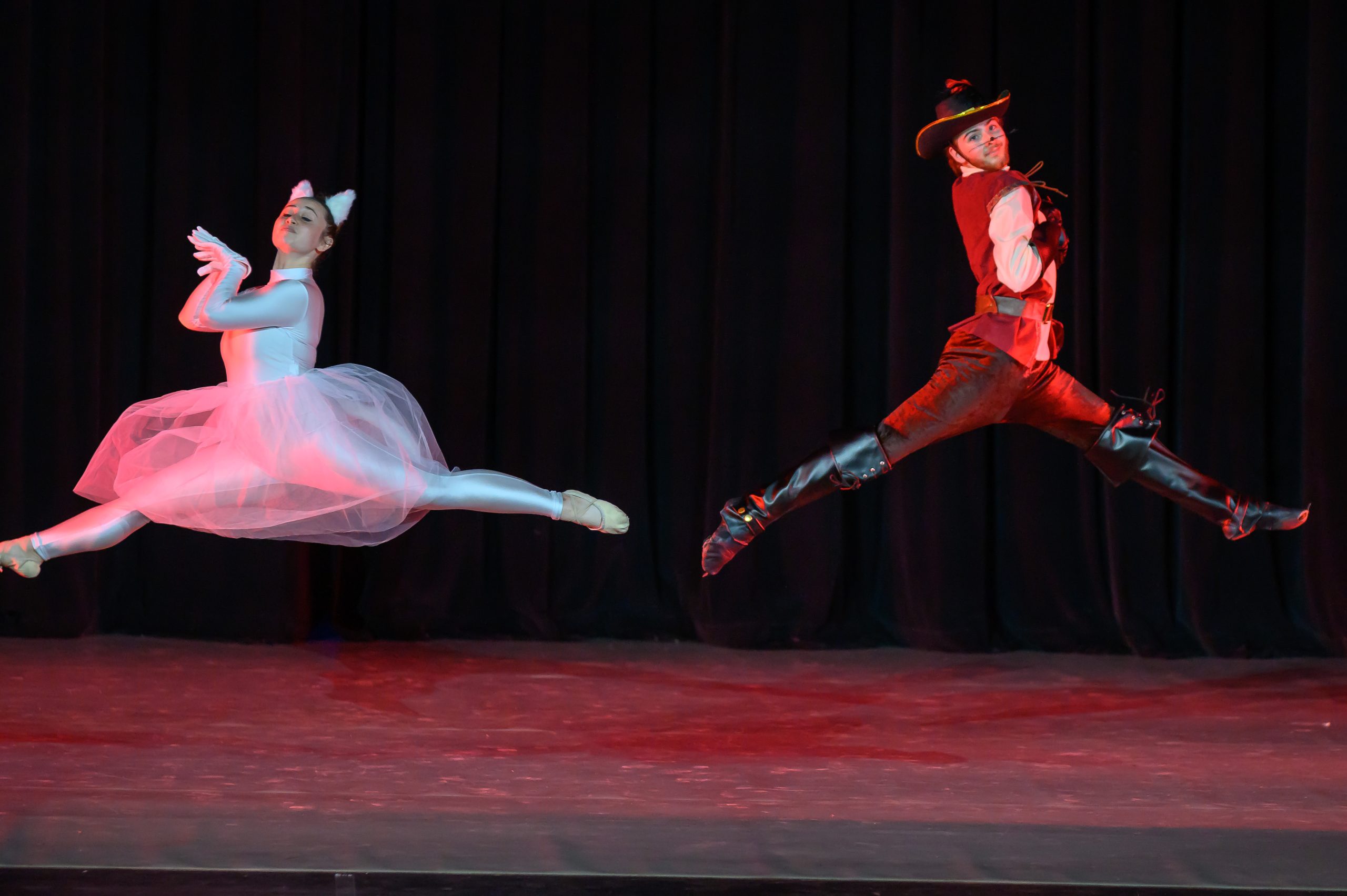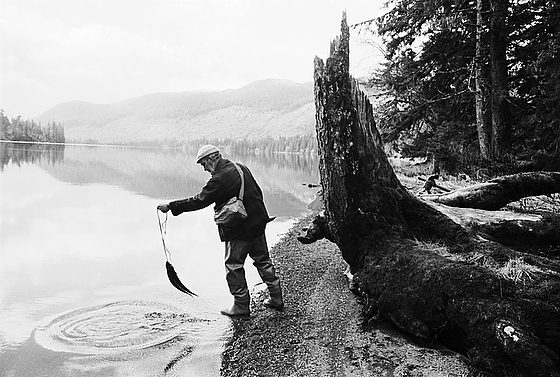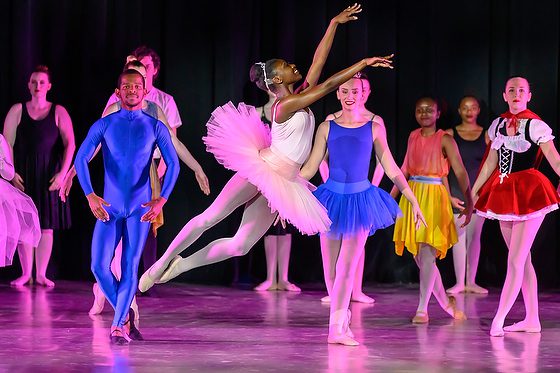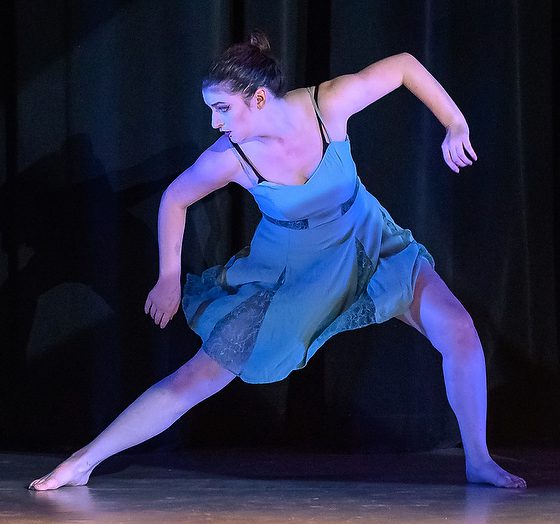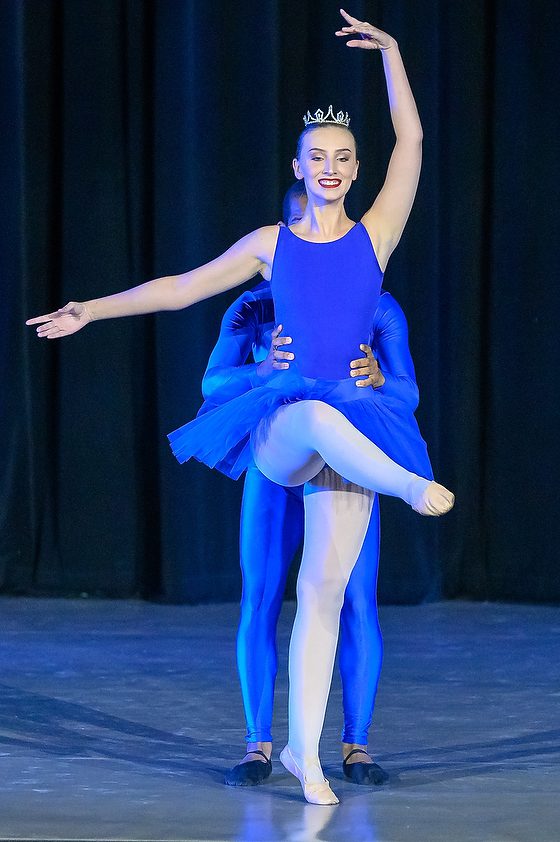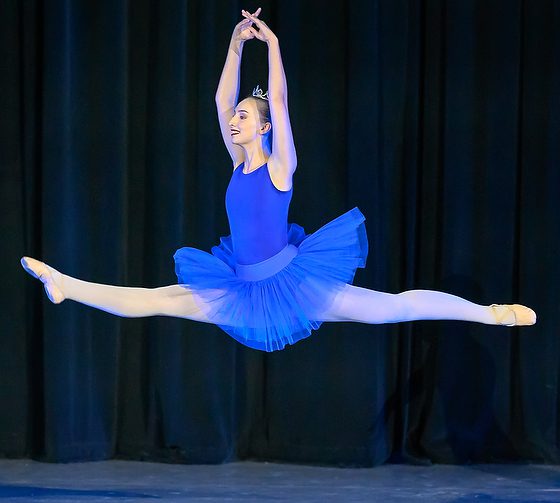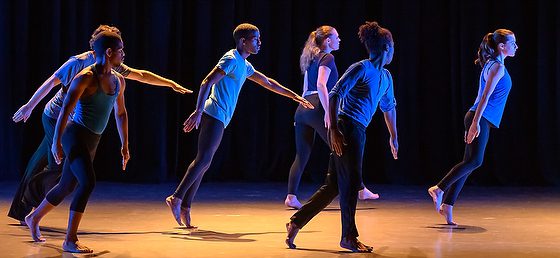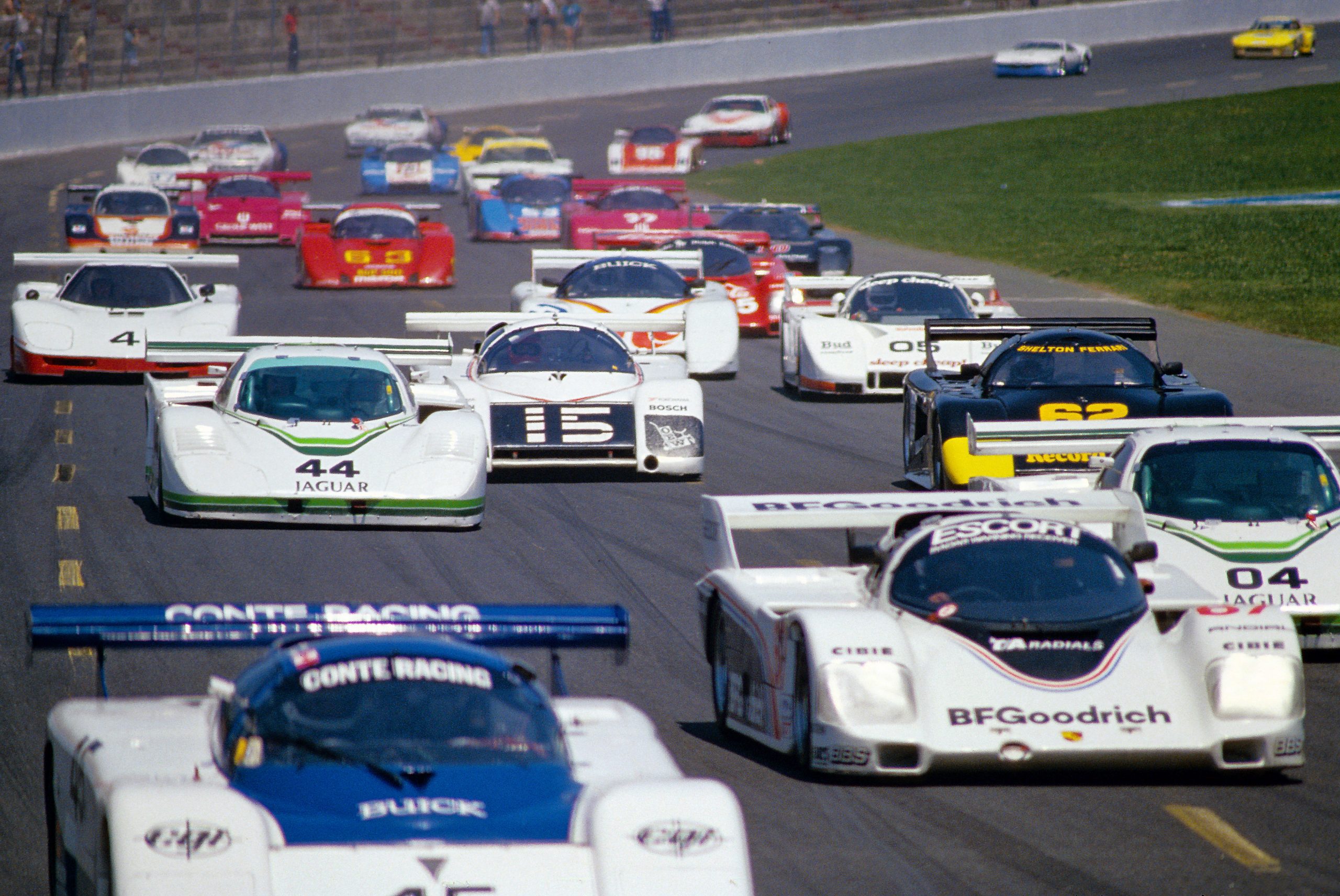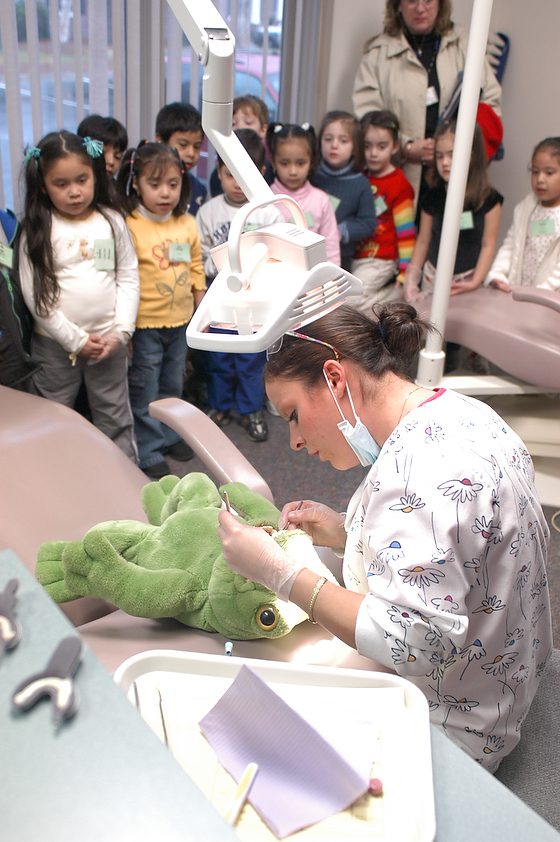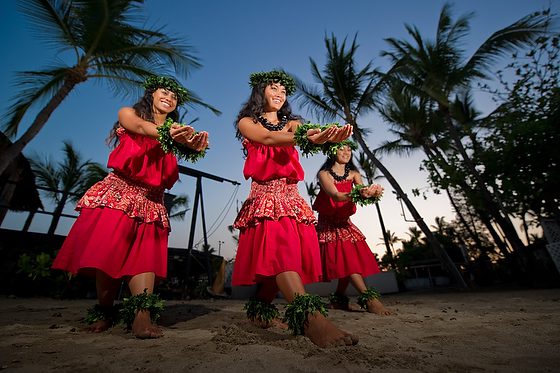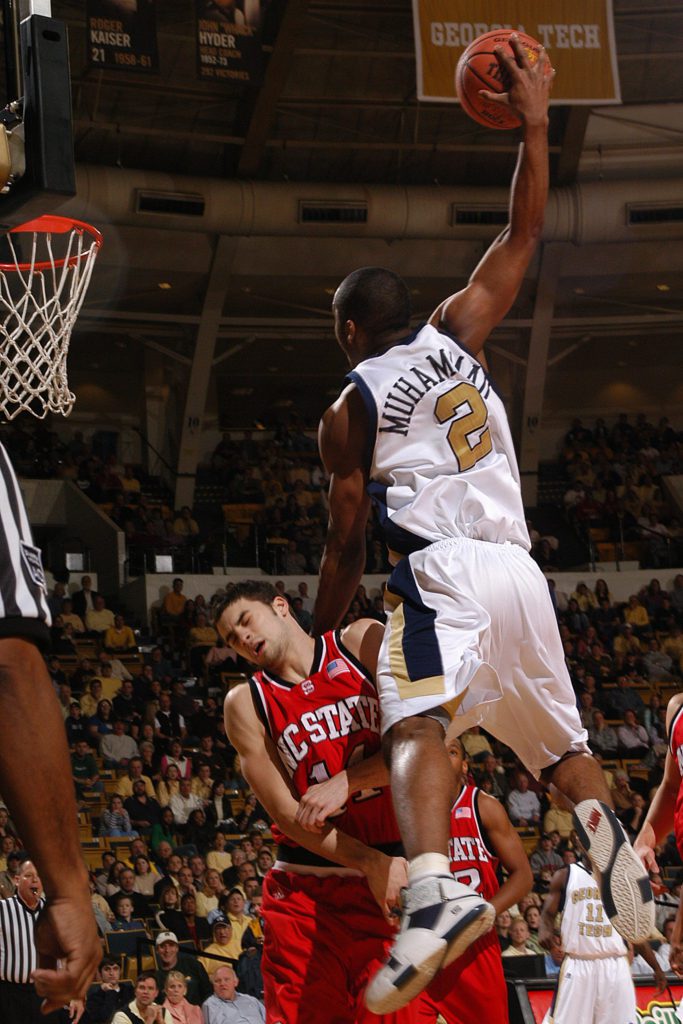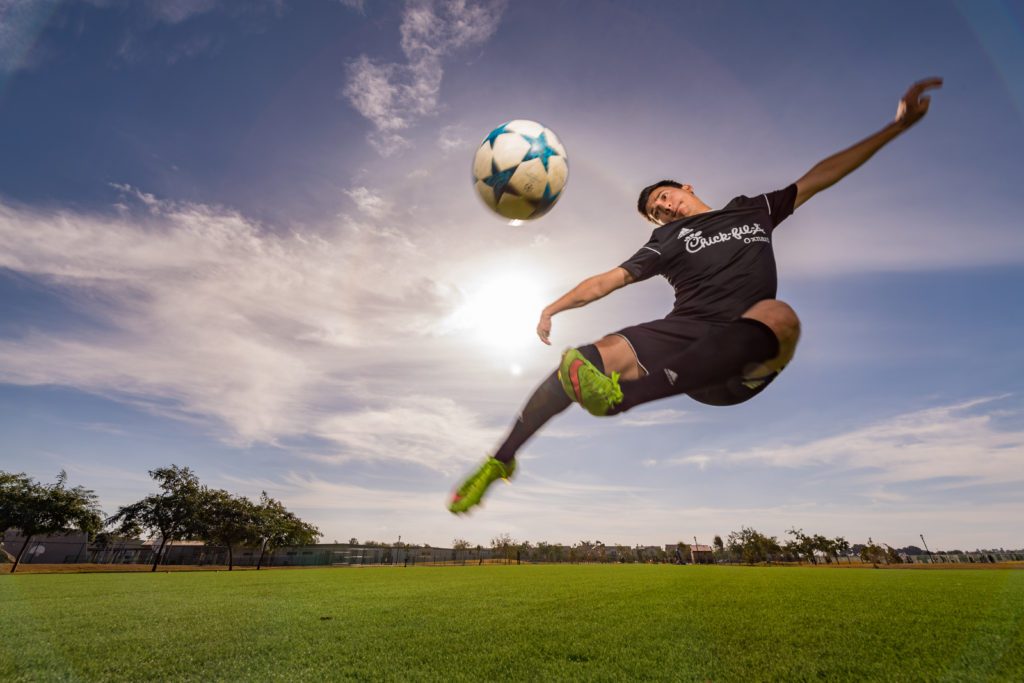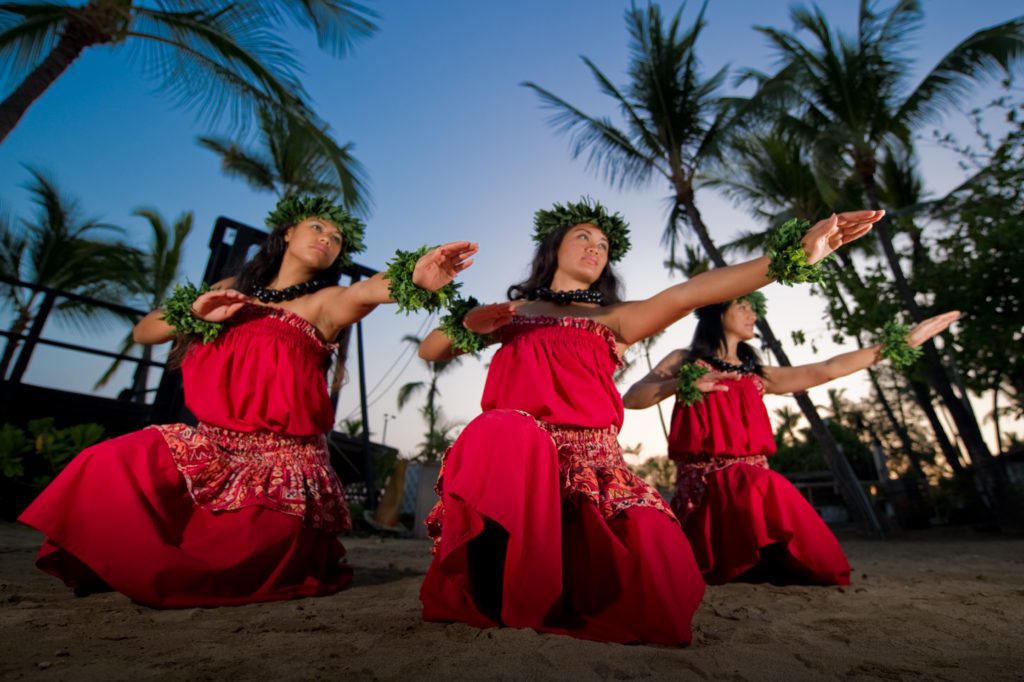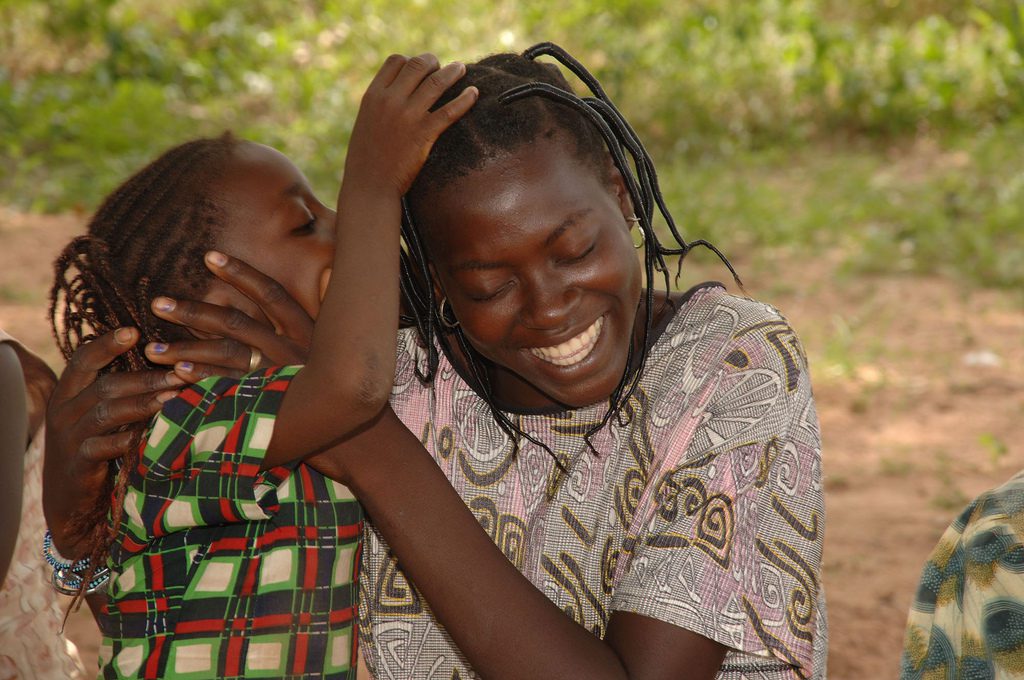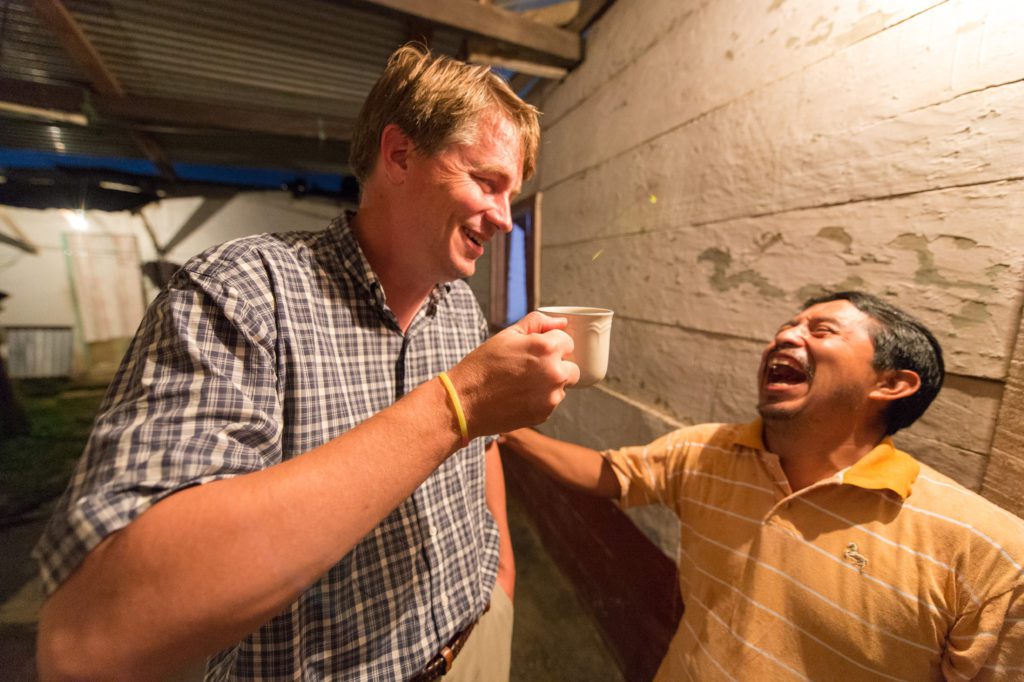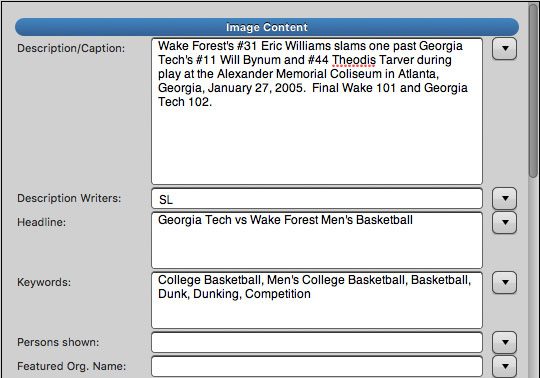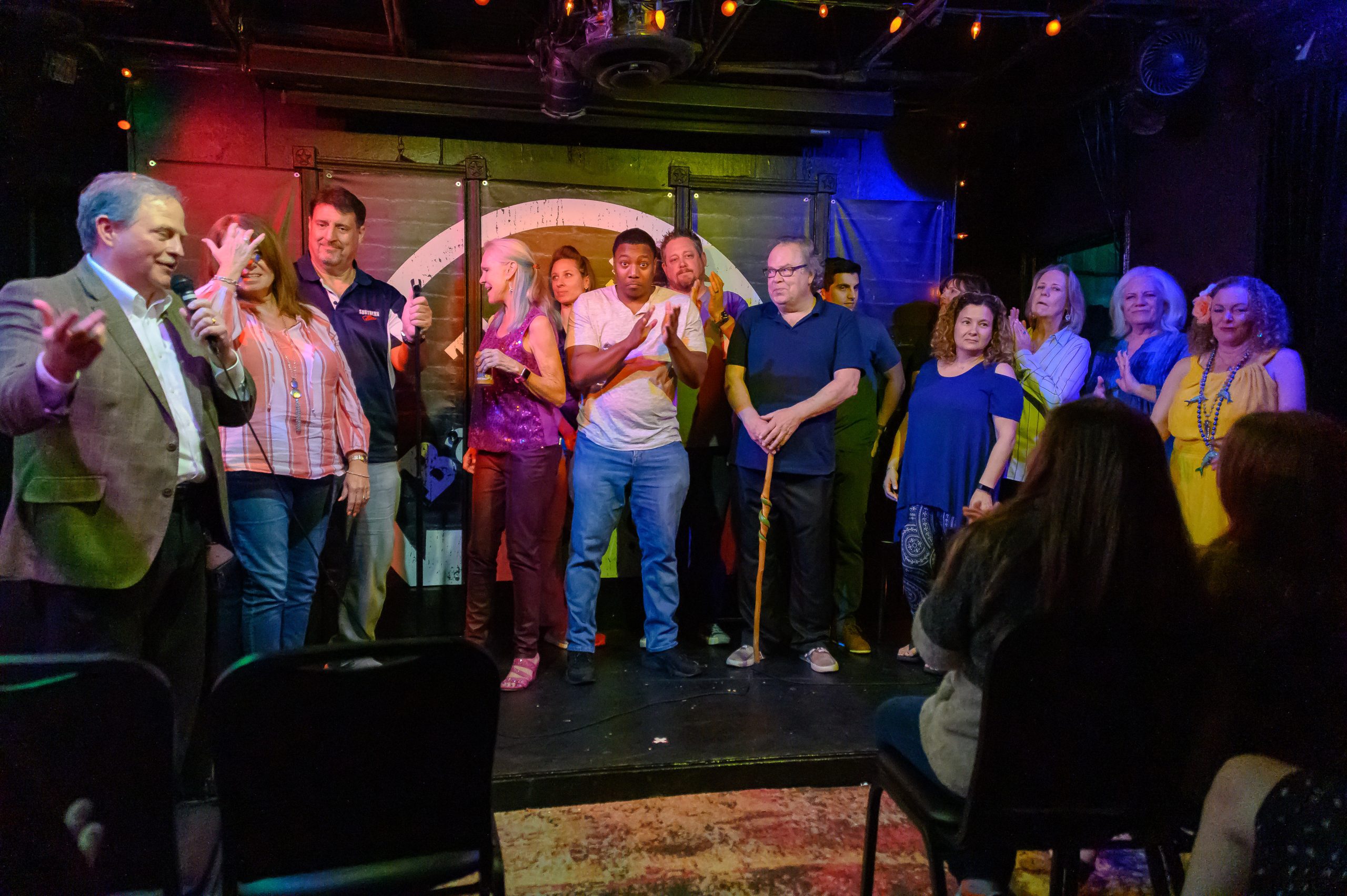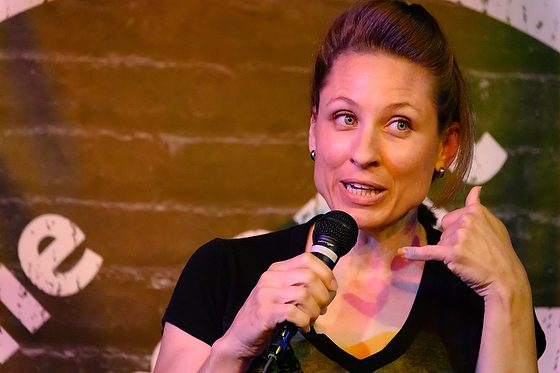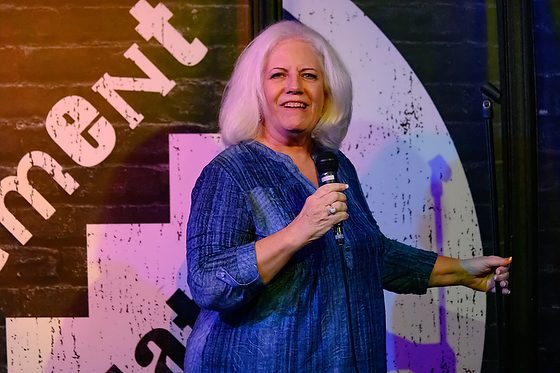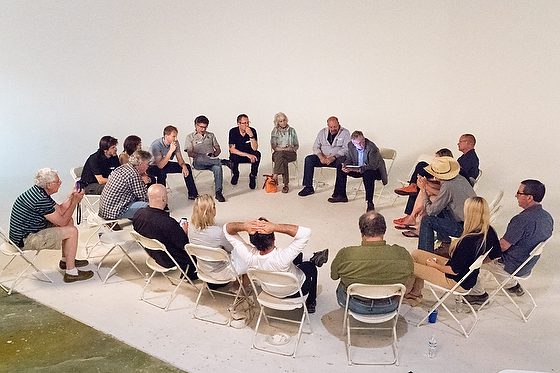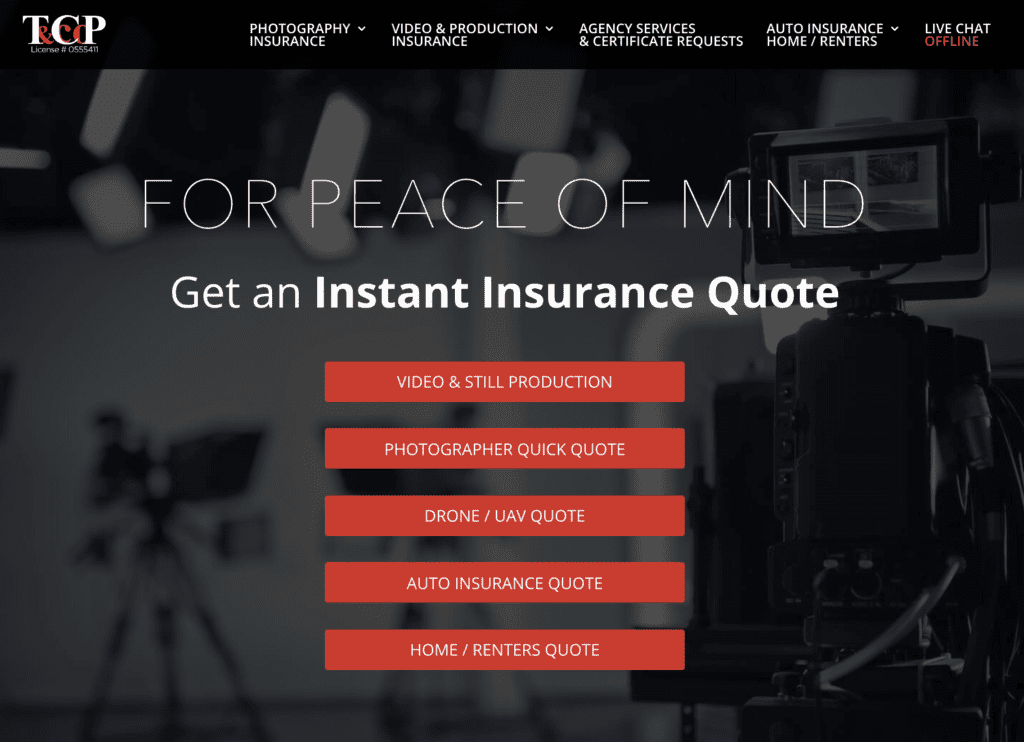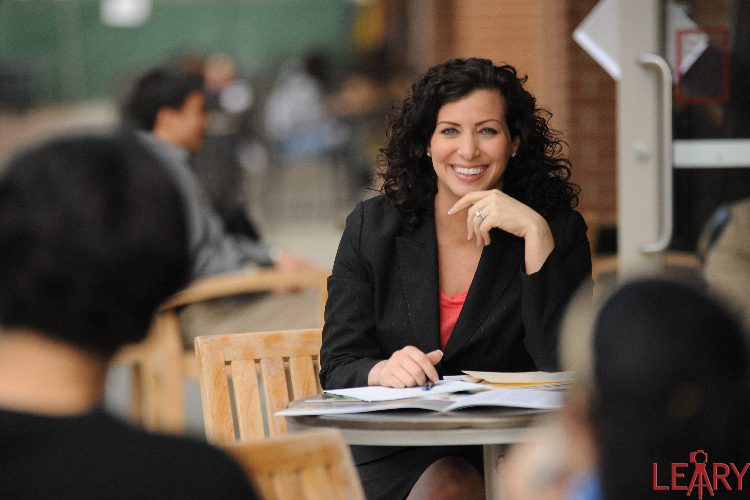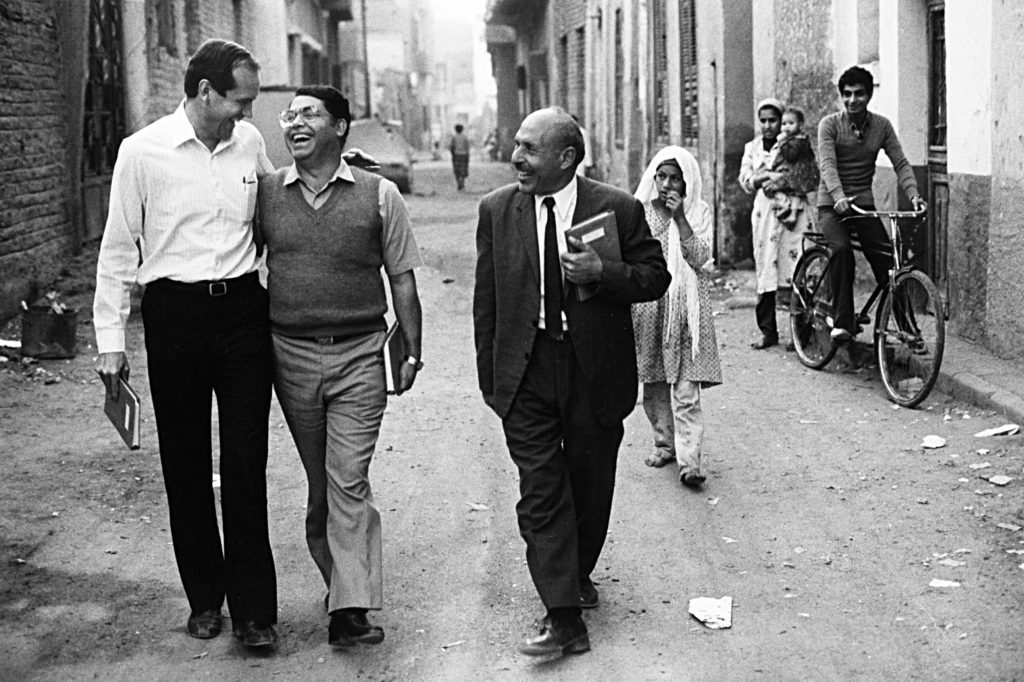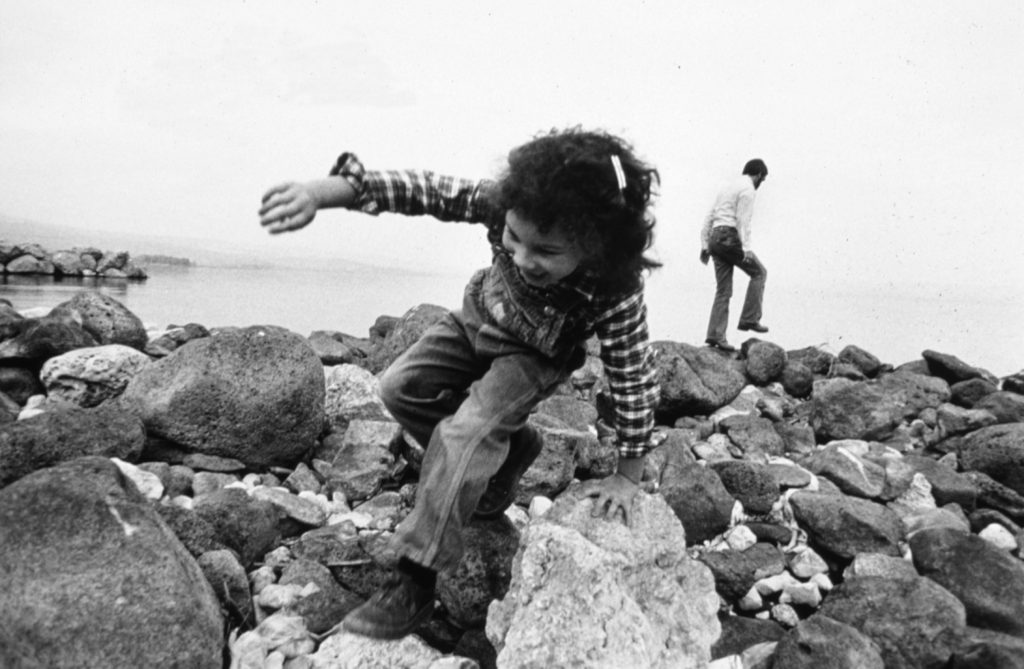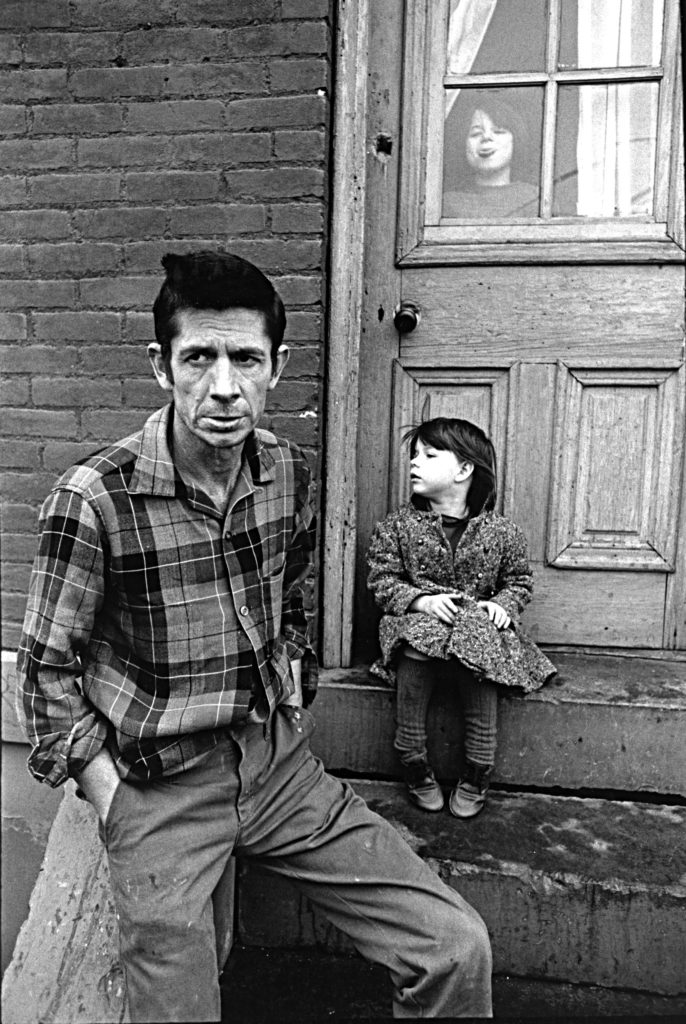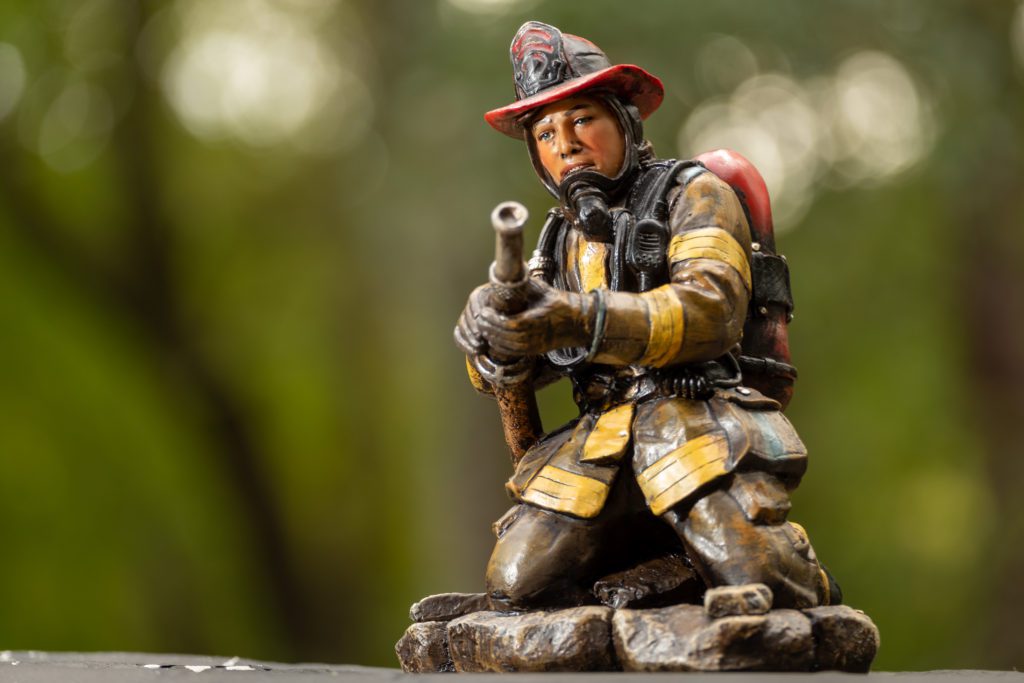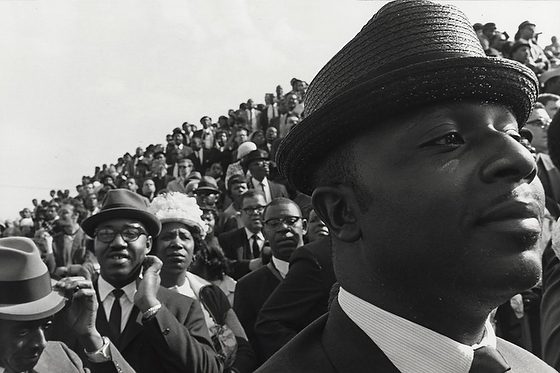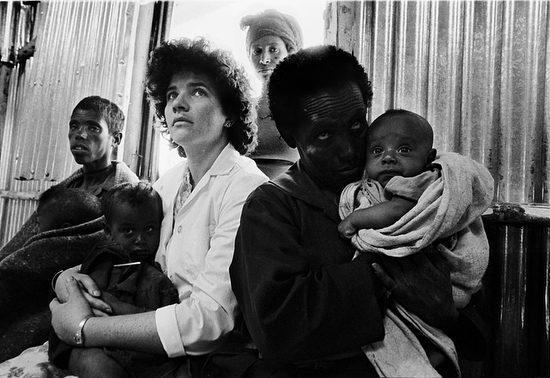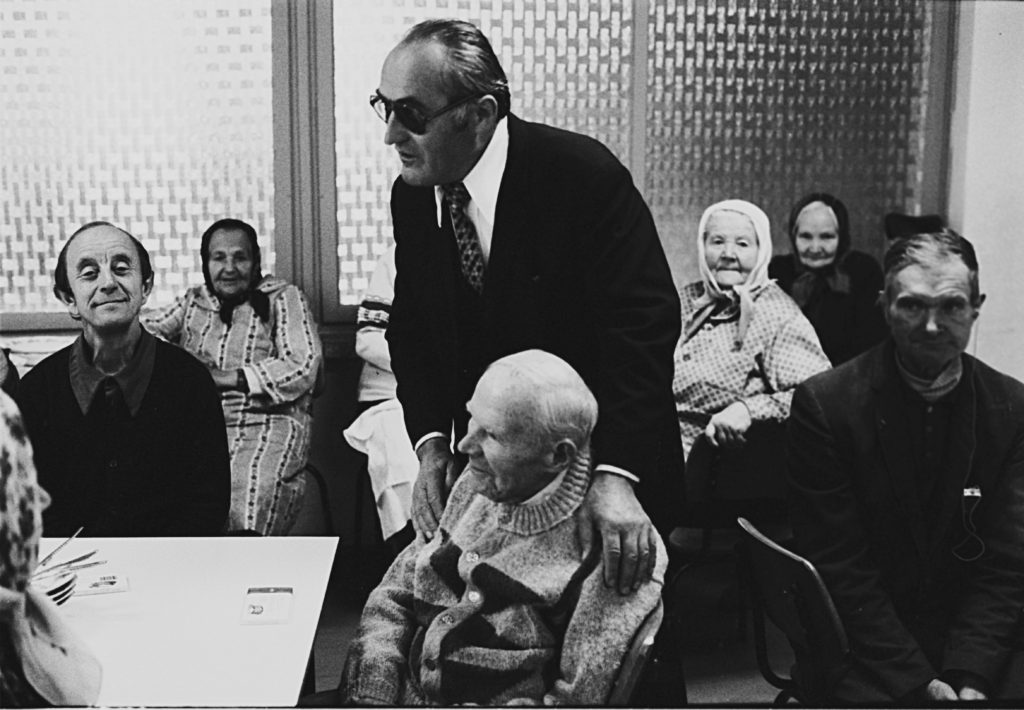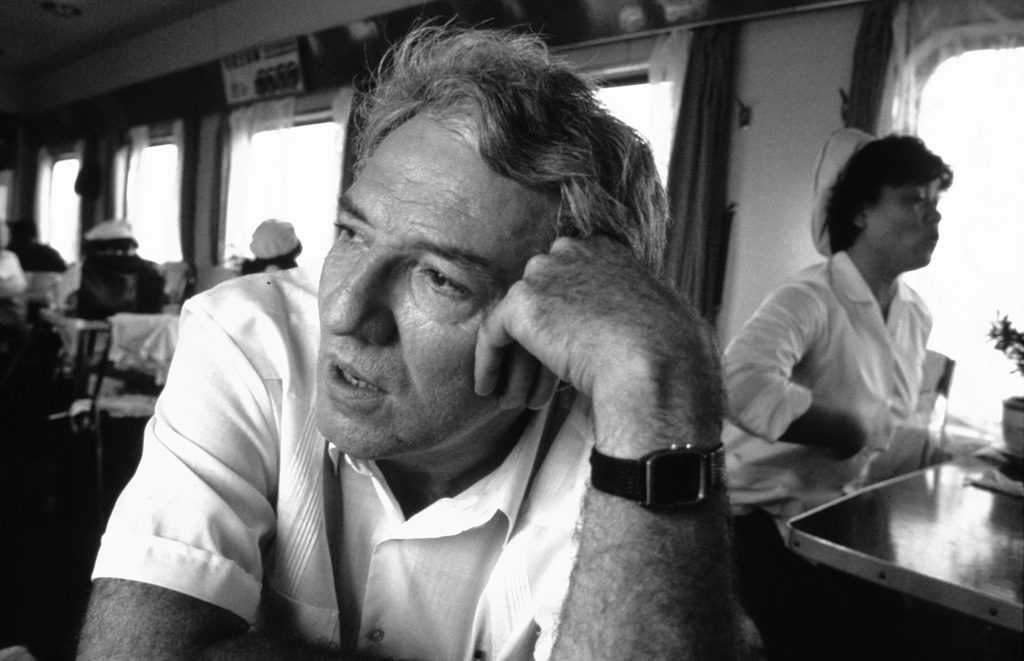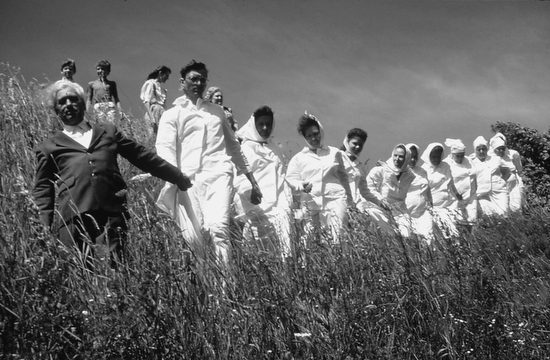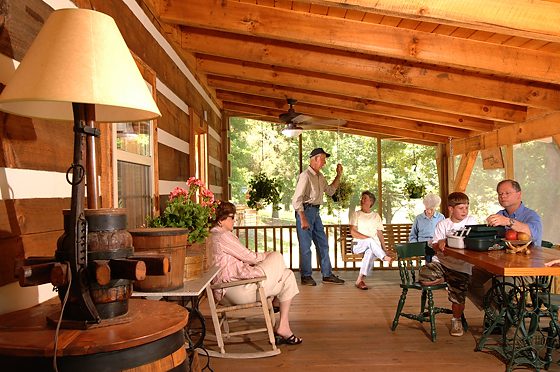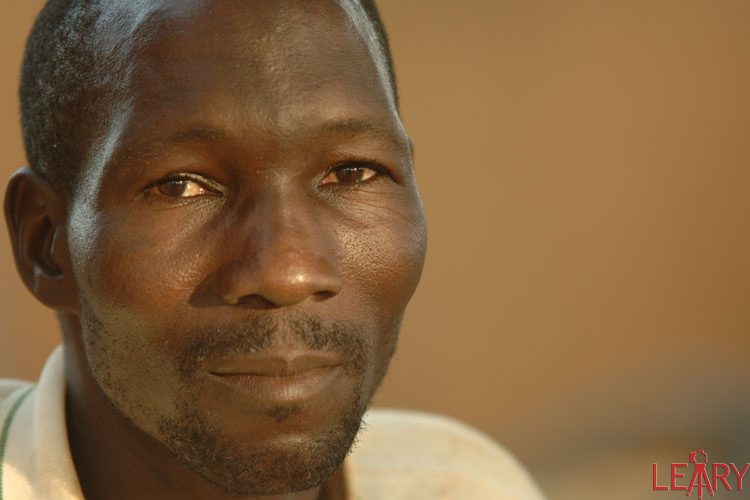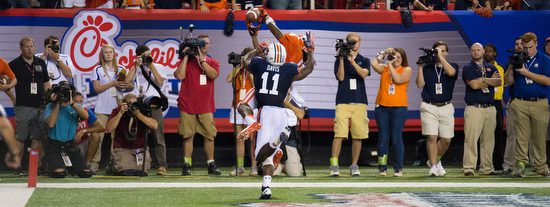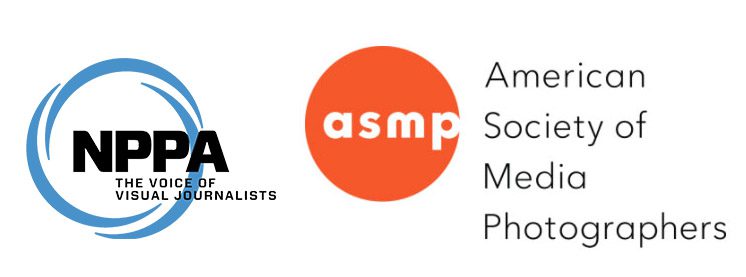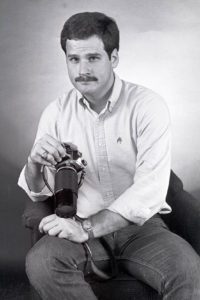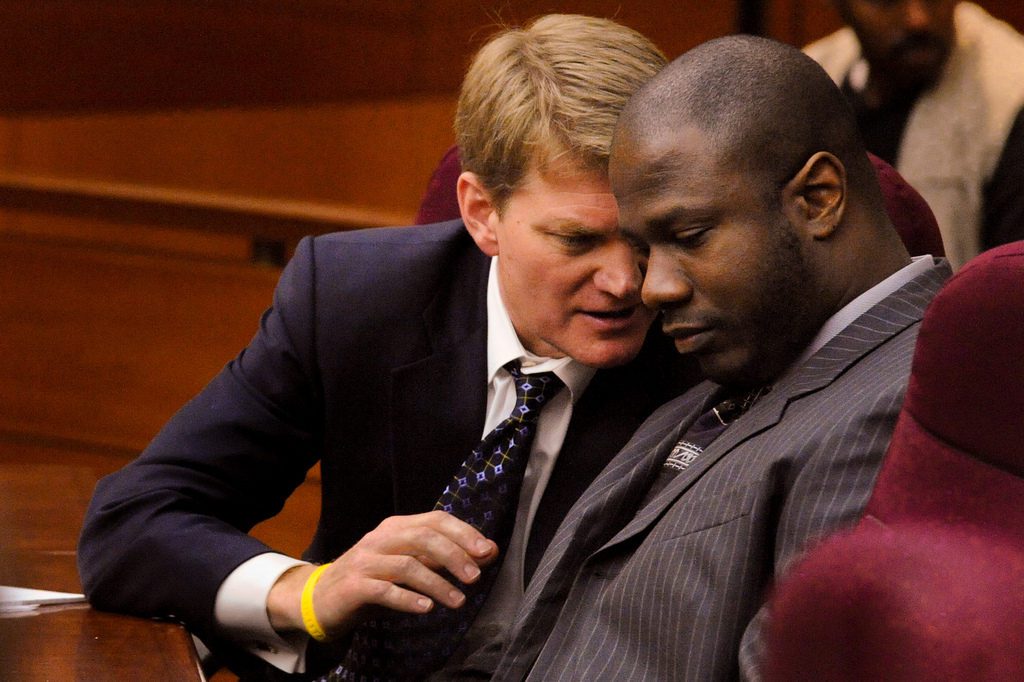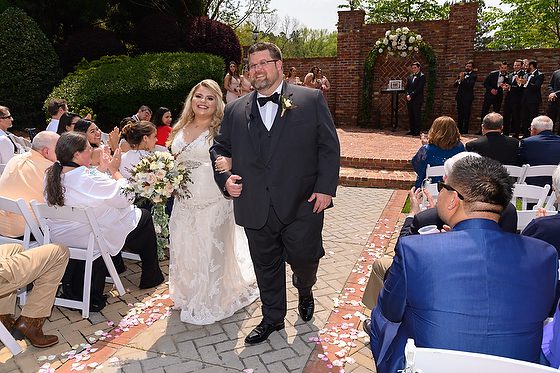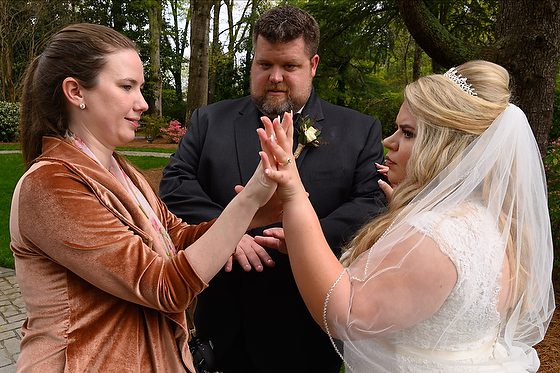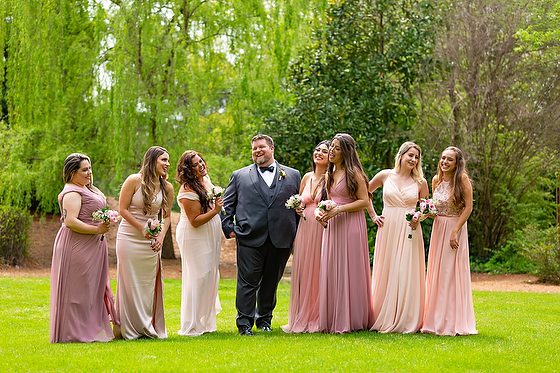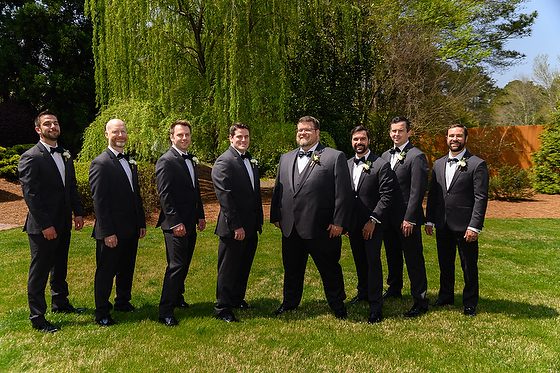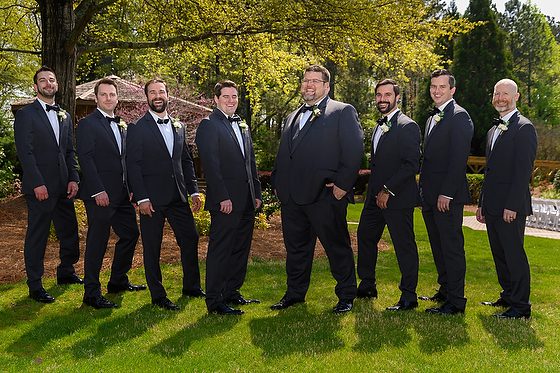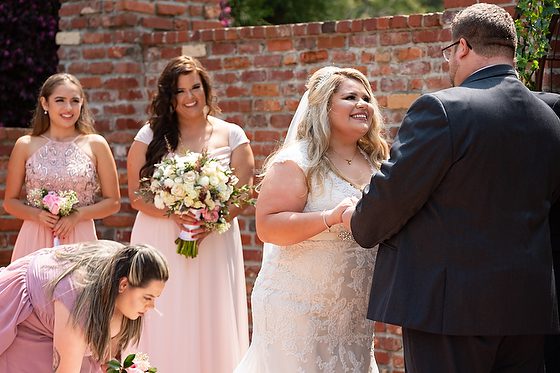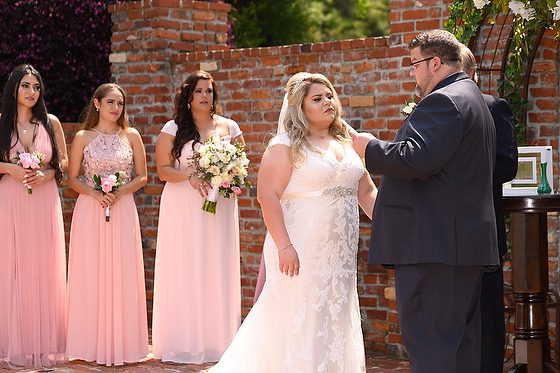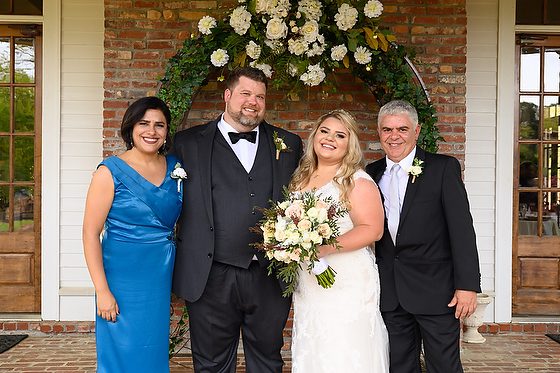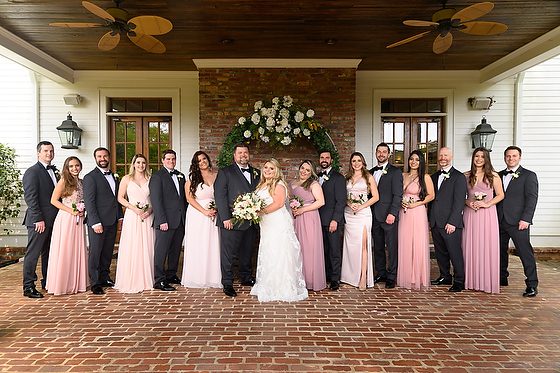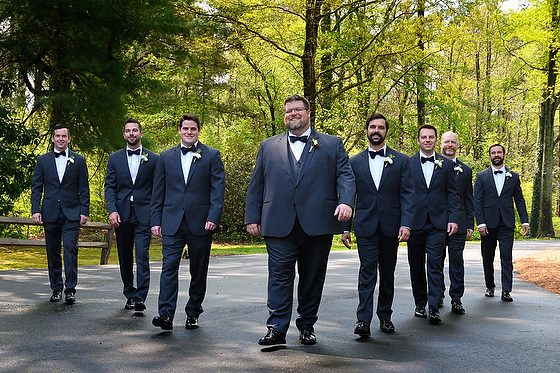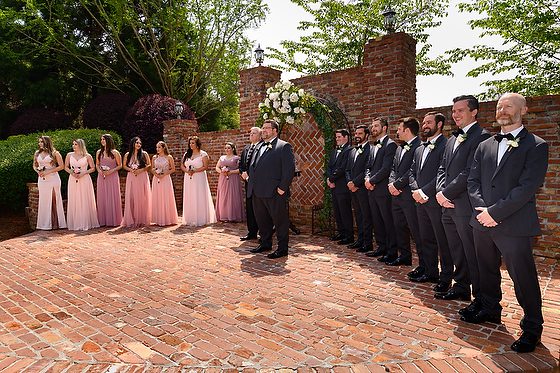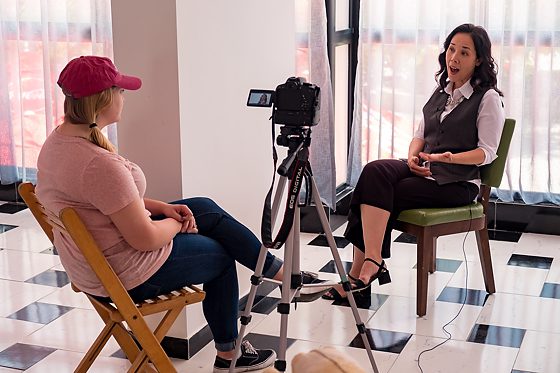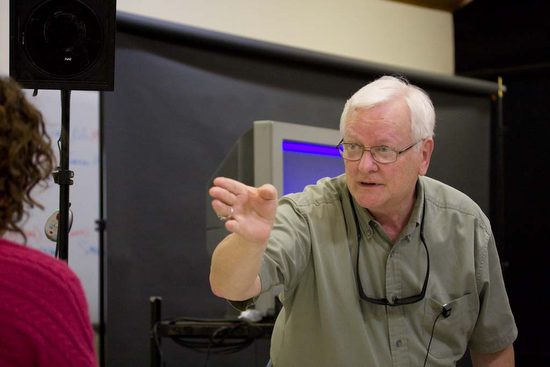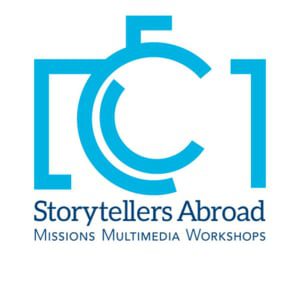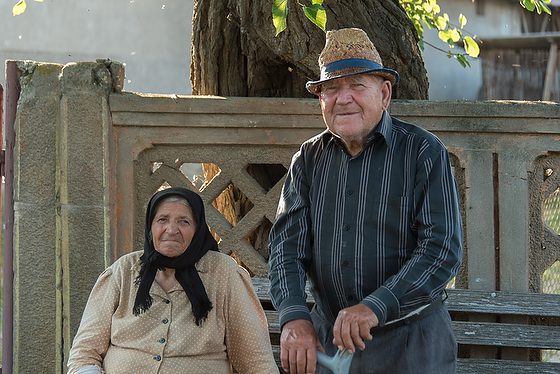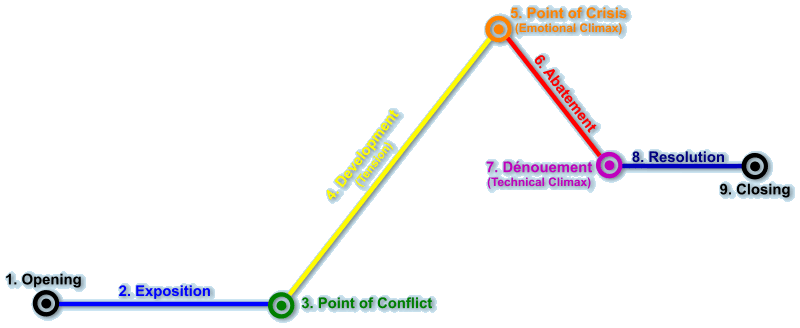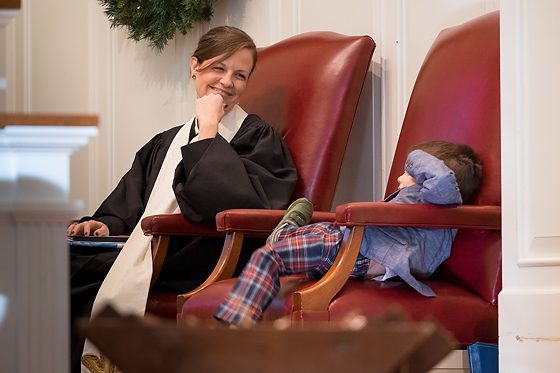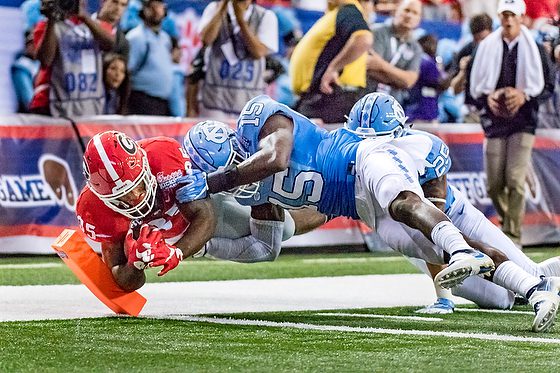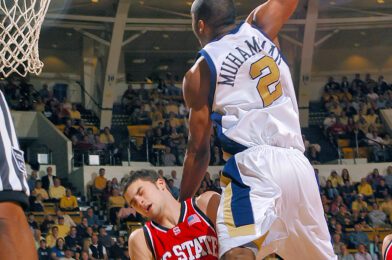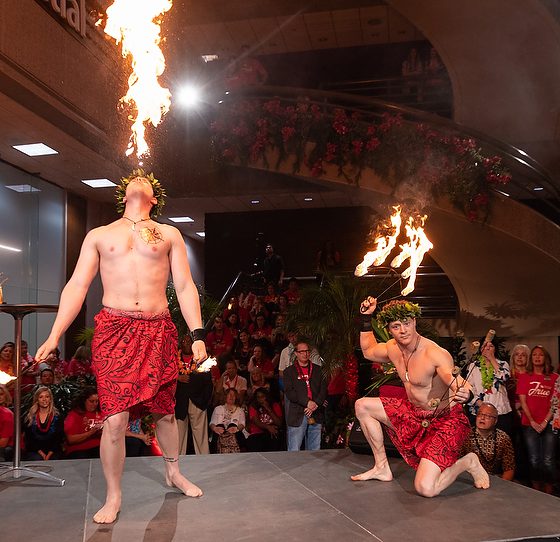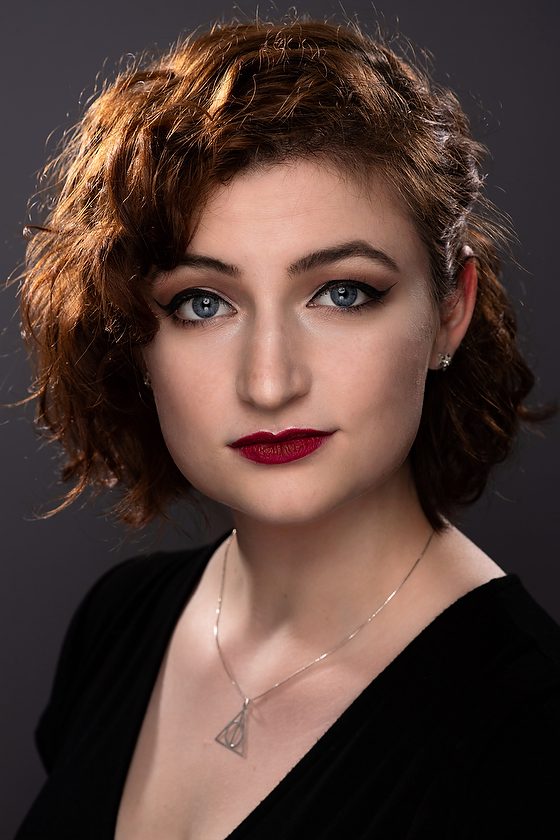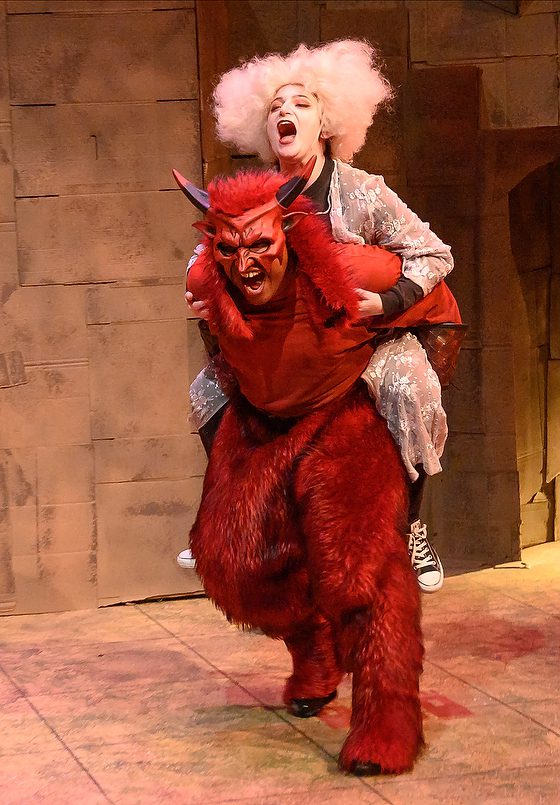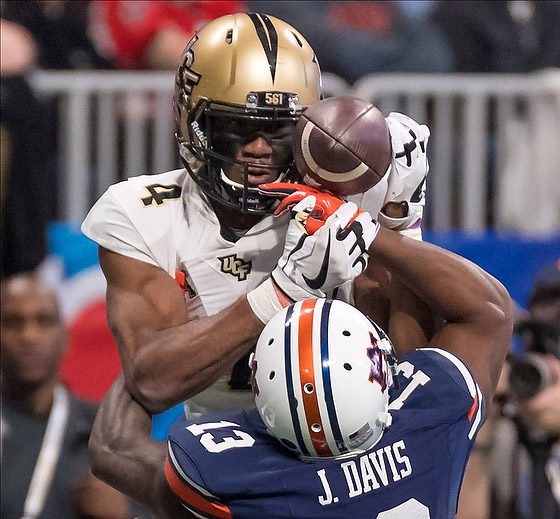I really love covering events. Why? You have to constantly problem solve.
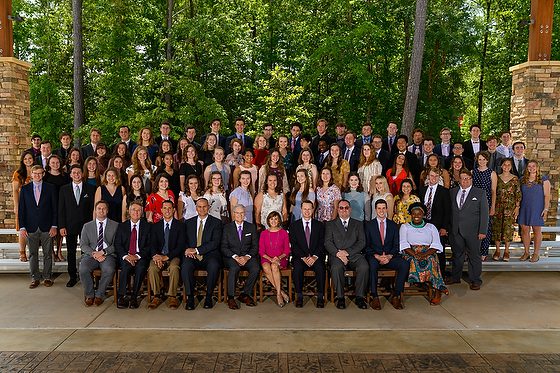
The first problem was ensuring the faces in a group shot were visible. I used two Alienbees B1600 strobes powered by the Paul Buff Vagabond batteries. Now to fire them, I was using the Pocketwizard Plus II Transceivers.
The problem to be solved was the group was under a large carport with a background sun lit trees.
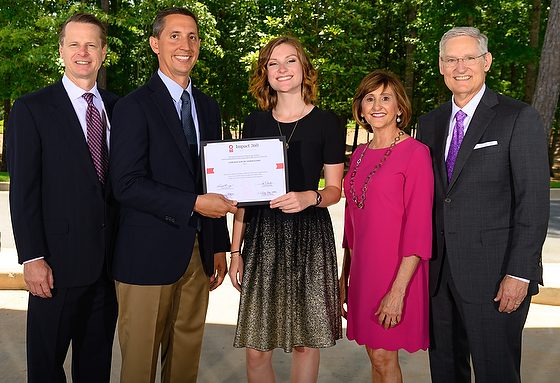
I took photos of the individual graduate with the founders of the school and the administrators. The diploma had to be in every shot; if I were not careful, it would have been not legible. The solution is the same setup as for the group photo. By using the two Alienbees B1600 lights at a 45º angle to each other, I was getting an excellent, consistent morning for each person.
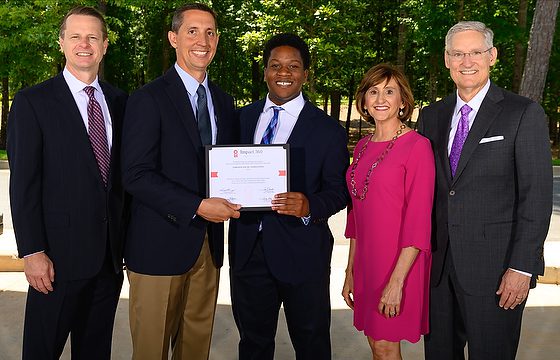
To make my post editing go quickly, I also did a custom white balance using the ExpoDisc.
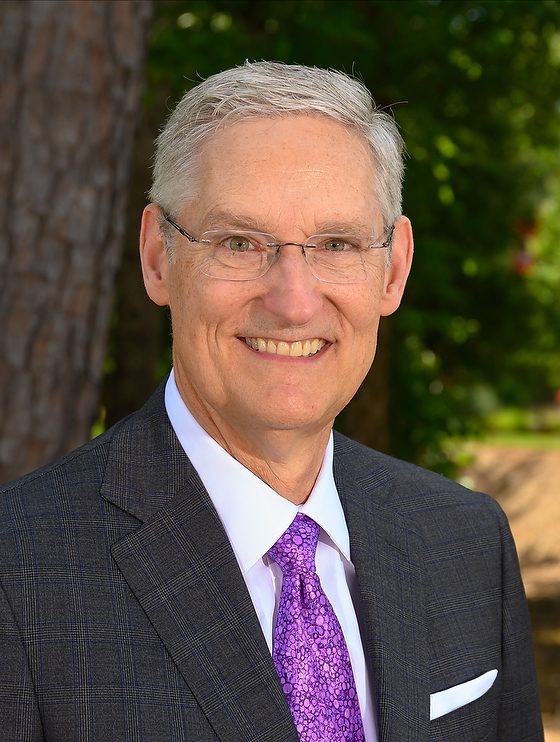
By the way, can you make some headshots while you are here? Yes, I can. Again the same setup, but I just moved closer to the trees and shot some headshots of the founders.
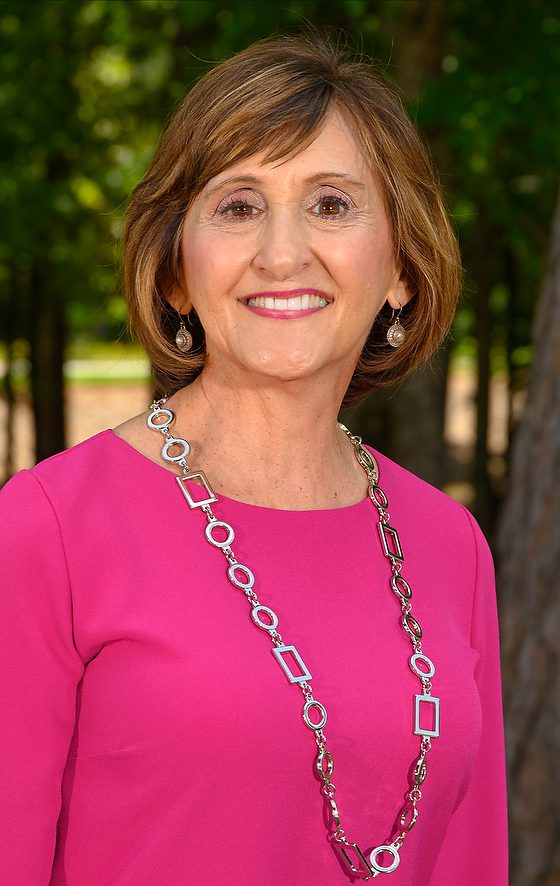
One part of the assignment was to get the first group shot to them before the 5 pm ending time of the event. So I had to carve out a few minutes to get those group photos for posting on social media.
To get all these photos promptly, I chose to work with the Nikon Z6 and the Sigma 24-105mm ƒ/4 Art lens. While I shot the group photo at 32mm, I could go wider. I loved shooting the headshots at 105mm.
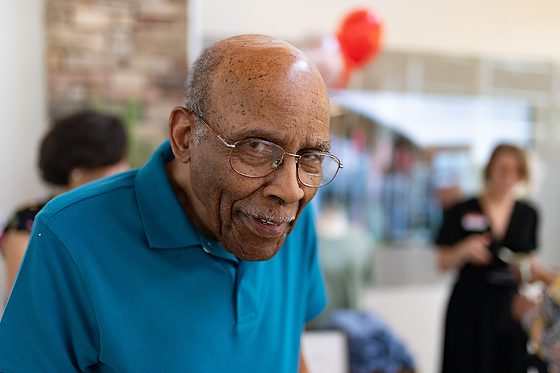
Grandparents, parents, siblings, and friends came to celebrate the GAP Year program graduates in Pine Mountain, GA.
I used Bluetooth technology to help sync my camera with my phone using Snap Bridge. I was being sure the time was correct and set the GPS Coordinates.
When I ingested the photos into PhotoMechanic, it took those GPS Coordinates and turned them into a street address.
I click on the world, and then it will look for the GPS coordinates, and as long as I have an internet connection, it will search for the street address.
Now, since I was also shooting with my Nikon D5, which doesn’t have Bluetooth technology, I just selected all the images and applied those GPS coordinates to those images.

The students dressed up in all types of fashion statements. I love this guy’s tie.

This family is from Ecuador. I love his Panama hat.
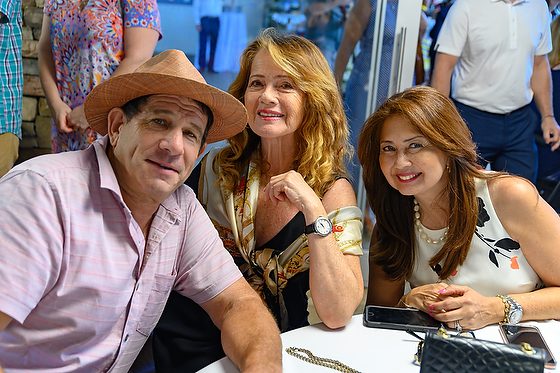
As soon as I took this photo, they asked me in Spanish if they could get copies. Yes, they can.
I provide the client with an online gallery where they can download the images using a password.
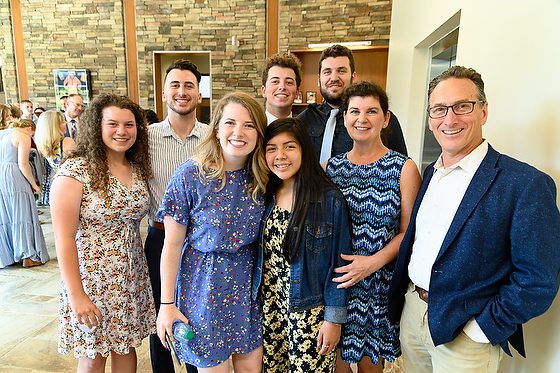
I was getting candid photos as well as occasionally finding families altogether. I would take these as well. I just had to watch the light on the faces. Way too many of the guests were posing people with the windows behind them. I put the large glass windows to their side or on my back. Again it is about Lights, Cameras, and Action!
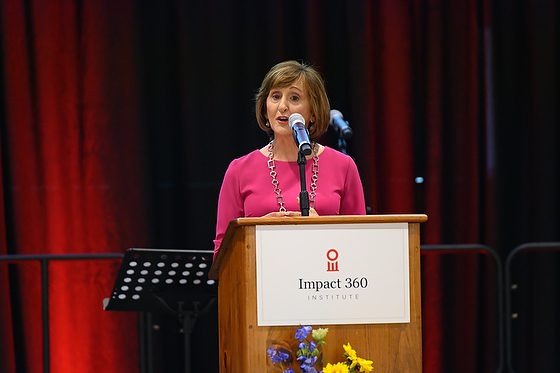
The room was quite large, and the best place to stand to get photos of the stage was in the back of the room. This way, I wasn’t upfront blocking the guest’s view.
I brought my Sigma 120-300mm ƒ/2.8 Sports lens and a 1.4X and 2X converters. I started with the 1.4X converter; this is the view it gave me and made the lens a 420mm ƒ/4.
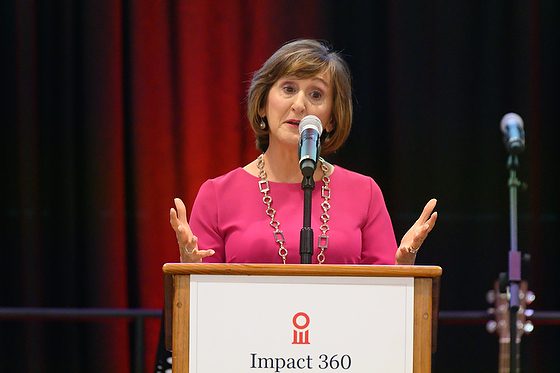
I quickly changed the converter to the 2X, which gave me this view with the now 600mm ƒ/5.6. Once again, I am problem-solving. This time, the camera and lens combination allows me to get photos that no cell phone will get.
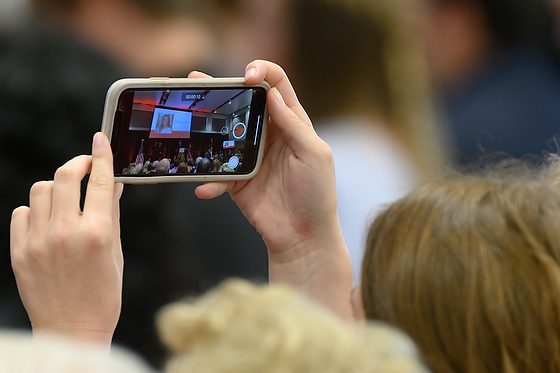
As you can see, this is what the guest was getting with their phone.
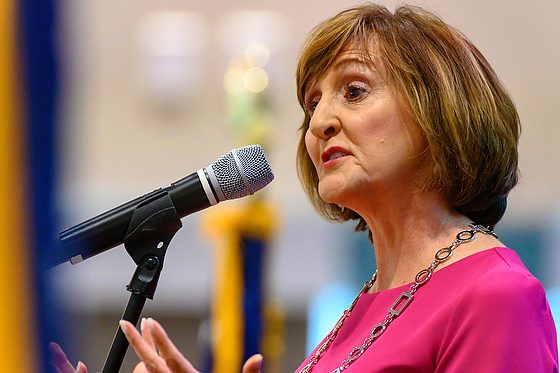
I moved around the room with the long lens and looked for different perspectives. I thought the microphone was too much with some speakers in front of their faces from the back of the room.
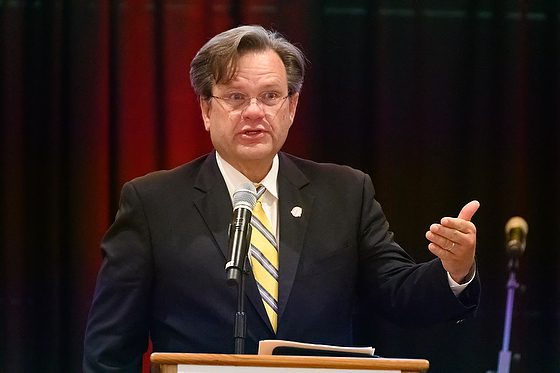
I didn’t need to move to get a different angle with every speaker.
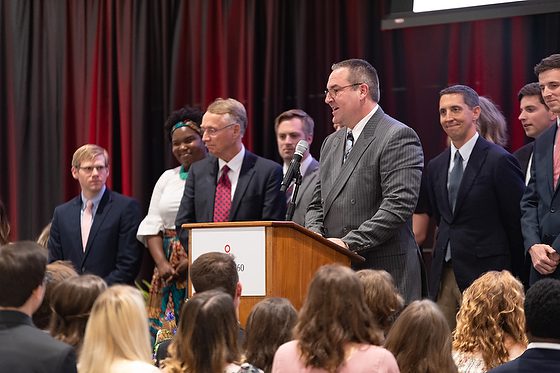
I was shooting with three cameras and various lenses. My wife also shot some photos with a camera.
- 2 Nikon D5 cameras
- Nikon Z6
- Sigma 24-105mm ƒ/4 Art
- Sigma 35mm ƒ/1.4 Art
- Sigma 70-200mm ƒ/2.8
- Sigma 120-300mm ƒ/2.8 | Sport
- Fuji X-E3
- Fuji 18-55mm ƒ/2.8-3.5
- Fuji 10-24mm
The lenses I used for different reasons. First of all, I am not shooting one specific style. I do not shoot all prime lenses wide open, which many people do. I love the shallow depth-of-field shots.

I also realized when shooting that large group shot that I needed to be at a more significant depth of field. This is why I shot those photos at ƒ/8. The front row and back row are all in focus.
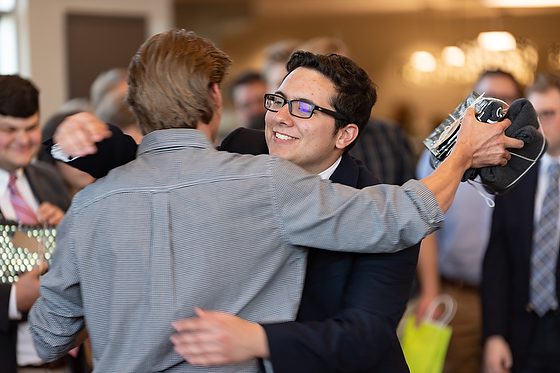
I love to isolate moments using the shallow depth-of-field and know that sometimes you need more.
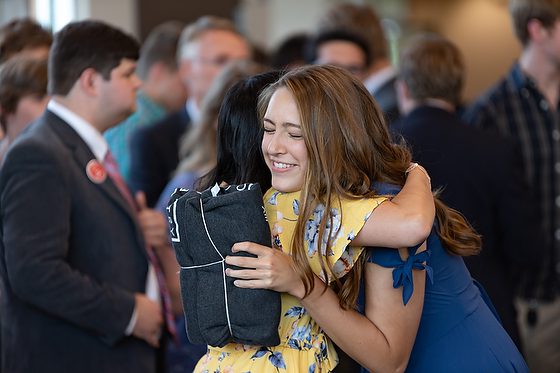
Technical & Aesthetic
Just yesterday, on a forum, a photographer asked if the new camera would make you a better photographer. The old argument was that it wasn’t the camera but the operator. However, I wasn’t going to take this clickbait as it was set up.
“It will make you technically better–Aesthetically the same.”
Stanley Leary
These new cameras today let me take photos that were not possible without a flash just years ago.
So I pride myself on knowing my gear and how it can help me get photos I couldn’t do before. So, I try and keep my bag updated. I also know that you can have a technically perfect picture with no aesthetic qualities.
Social Work Training – Capturing Action!
All my training in reading body language and studying for a master’s in photojournalism has helped me concentrate my efforts to capture moments. I was trained in social work to read people. I was evaluated repeatedly on how well I listened with my eyes and not just my ears.
Adequate photographers are more technicians. They get the photos in focus and well exposed.
Great photographers are doing more than being a technician. They are using the camera to capture moments that help tell a story.
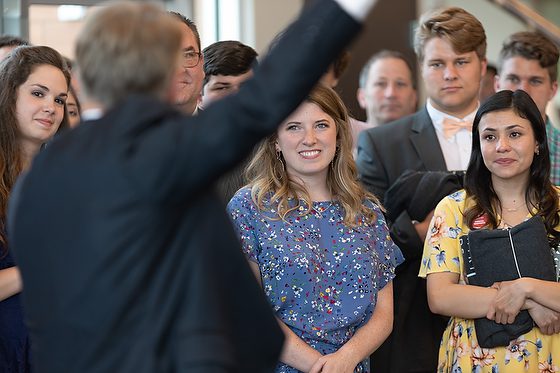
I like moments like this one. The students show how much respect they have for this teacher from this year. No words are necessary to communicate their care. You need words to know why they are giving him this type of respect.
Do you want to learn how to cover meeting better? Do you need me to cover your event? Give me a call, and let’s talk. I teach one-on-one sessions and love to use my gifts to help you capture those critical moments in life that happen only once.

